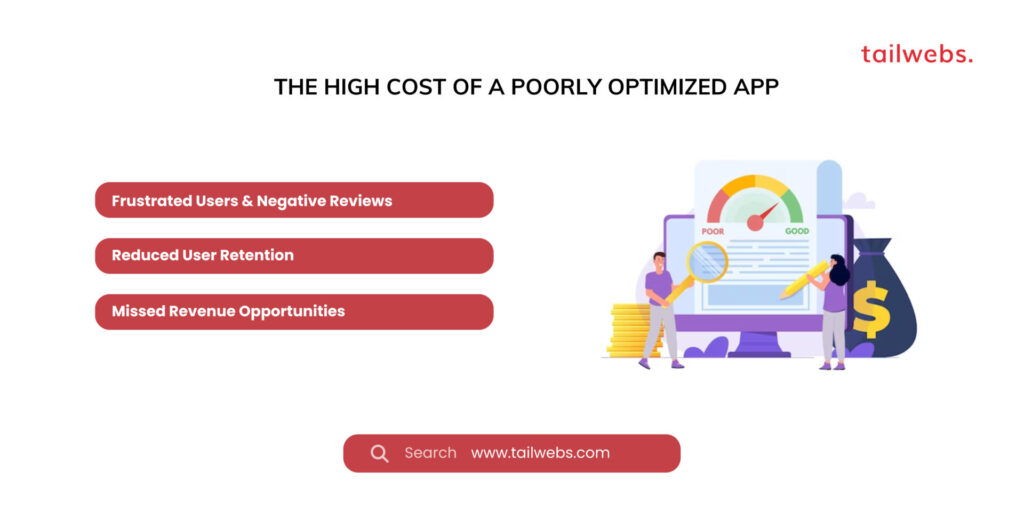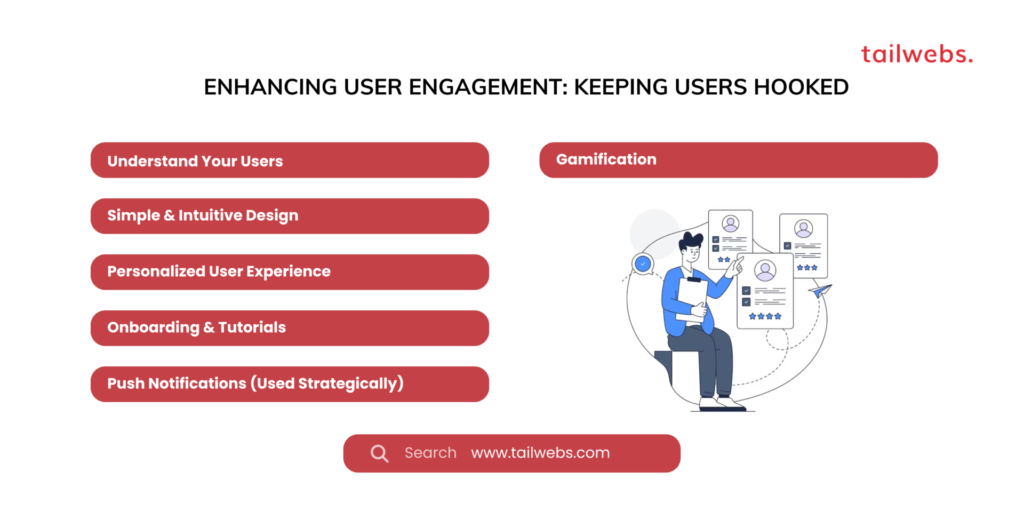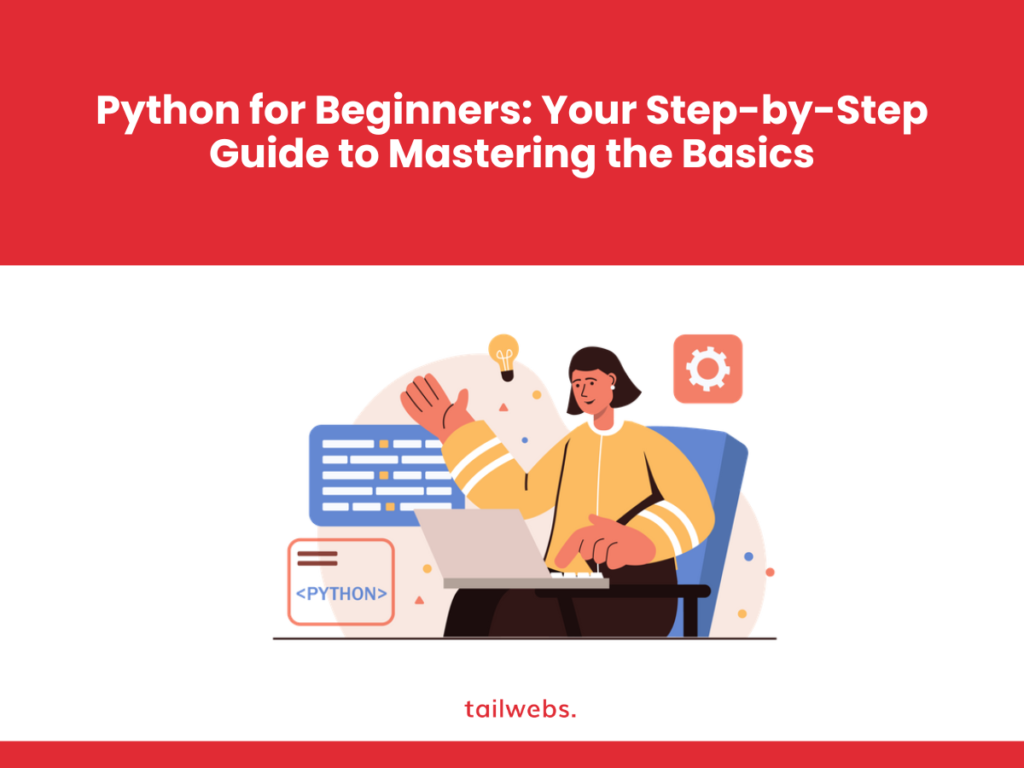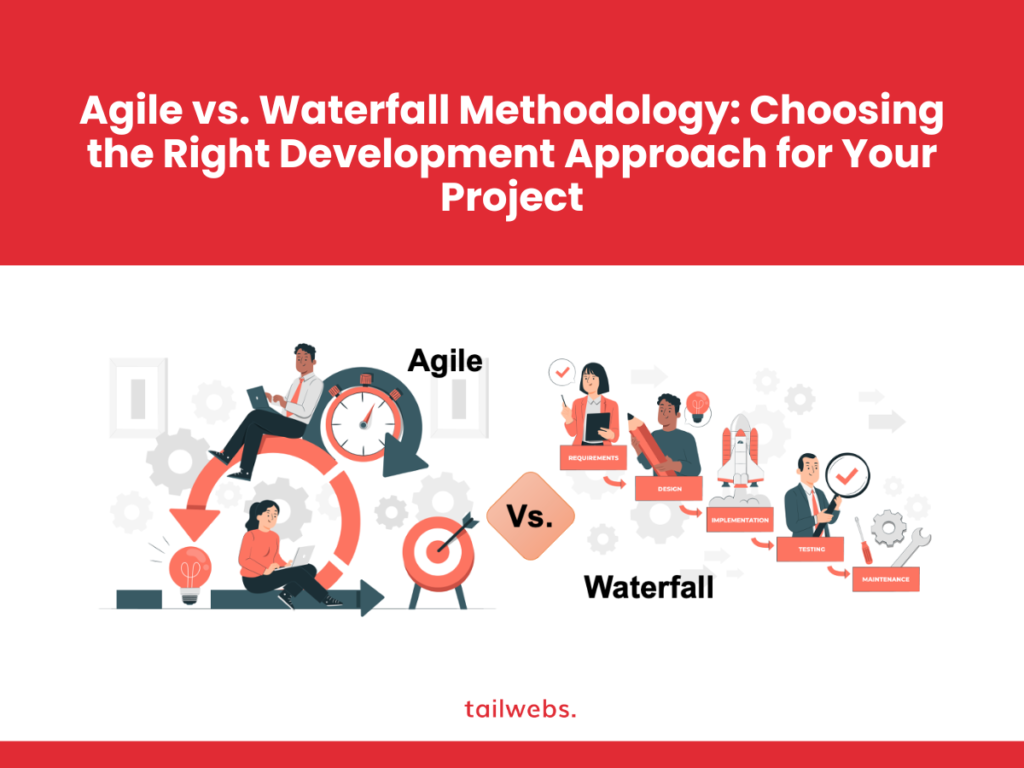Optimize Mobile App: In today’s mobile-centric world, success hinges on captivating users with a seamless and engaging mobile app experience. But a beautiful app with sluggish performance and a confusing interface is a recipe for user frustration and app abandonment. Here’s where app optimization comes in. By optimizing your mobile app for performance and user engagement, you can transform it into a powerful tool for driving user retention, boosting brand loyalty, and achieving your business goals.
The High Cost of a Poorly Optimized App
A staggering statistic from App Annie: https://www.appannie.com/ reveals that users uninstall 25% of apps within the first day and 90% within the first month. Poor performance and a lack of user engagement are key culprits behind these high uninstall rates.
Here’s how a poorly optimized app can negatively impact your business:
Frustrated Users & Negative Reviews:
Slow loading times, crashes, and an unintuitive interface lead to user frustration and negative reviews, damaging your app’s reputation.
Reduced User Retention:
If users don’t find your app valuable or enjoyable, they’ll quickly abandon it for a competitor’s offering.
Missed Revenue Opportunities:
Low user engagement translates to missed opportunities for in-app purchases, subscriptions, or advertising revenue.

Optimize Mobile App for Performance: Creating a Speedy and Responsive App
A well-performing app is the foundation for a positive user experience. Here’s how to optimize your mobile app for speed and responsiveness:
Code Optimization:
Streamline your app code to eliminate unnecessary processes and improve efficiency. This reduces the app’s size and improves loading times.
Image Optimization:
Optimize images and other media assets to reduce file size without compromising quality. This ensures faster loading times, especially on slower network connections.
Leverage Caching:
Implement caching mechanisms to store frequently accessed data locally on the user’s device. This minimizes the need to download data repeatedly and improves app responsiveness.
Minimize Network Requests:
Reduce the number of network requests your app makes by optimizing data fetching and minimizing unnecessary communication with the server.
Performance Monitoring & Testing:
Utilize performance monitoring tools to identify bottlenecks and areas for improvement. Conduct regular performance testing on different devices and network conditions.
Enhancing User Engagement: Keeping Users Hooked
A captivating user experience is crucial for keeping users engaged and coming back for more. Here are some strategies to enhance user engagement:
Understand Your Users:
Conduct user research to understand your target audience’s needs, preferences, and behaviors. This guides the design and functionality of your app to resonate with your users.
Simple & Intuitive Design:
Prioritize a clean, intuitive user interface (UI) with clear navigation and easy-to-understand functionalities. Users should be able to accomplish their tasks quickly and effortlessly.
Personalized User Experience:
Personalize the user experience by tailoring content, recommendations, and features based on user preferences and past behavior. This keeps users engaged and fosters a sense of connection with your app.
Onboarding & Tutorials:
Provide a smooth onboarding process with clear instructions and tutorials to help users understand app functionalities and get the most out of them.
Push Notifications (Used Strategically):
Leverage push notifications strategically to keep users informed about relevant updates, special offers, or new features. However, avoid bombarding users with irrelevant notifications, which can lead to frustration and uninstalls.
Gamification:
Integrate gamification elements like points, badges, and leaderboards to motivate users, encourage healthy competition, and increase engagement.

Building a Culture of Optimization: Continuous Improvement
Optimizing your mobile app is an ongoing process. Here’s how to cultivate a culture of continuous improvement:
Collect User Feedback:
Actively solicit user feedback through surveys, app store reviews, and in-app feedback mechanisms. Analyze this feedback to identify areas for improvement and prioritize user needs.
A/B Testing:
Utilize A/B testing to compare different versions of your app interface, functionalities, or marketing messages. This data-driven approach allows you to identify what resonates best with your users and optimize for engagement.
App Analytics & Performance Monitoring:
Continuously monitor app performance metrics like launch time, crashes, and user engagement metrics. Identify trends and areas for improvement to ensure your app remains performant and engaging.
The Future of Mobile App Optimization: Emerging Trends
The mobile app landscape is constantly evolving. Here are some key trends to watch:
Artificial Intelligence (AI) & Machine Learning (ML):
Expect AI and ML to play a bigger role in app optimization. AI can analyze user behavior data and suggest personalized experiences, predict churn, and optimize push notifications for maximum impact. ML algorithms can automatically identify performance bottlenecks and recommend improvements.
Augmented Reality (AR) & Virtual Reality (VR):
As AR and VR technologies mature, expect them to be integrated into mobile apps, creating more immersive and engaging user experiences. Optimizing apps for these technologies will require new approaches and considerations.
The Rise of Foldable Phones & Wearables:
The growing popularity of foldable phones and wearable devices necessitates optimizing apps to adapt to different screen sizes and form factors.
Optimizing for Different App Categories
Here are some specific considerations for optimizing apps within different categories:
Gaming Apps:
Prioritize Smooth Graphics & Performance:
For a seamless gaming experience, prioritize smooth graphics rendering and fast loading times. Optimize resource usage to avoid lag or crashes during gameplay.
Social Features & Leaderboards:
Integrate social features like leaderboards and achievements to foster competition and keep users engaged in the long run.
Monetization Strategies:
Implement balanced in-app purchase options or reward systems that enhance the gameplay experience without being intrusive.
E-Commerce Apps:
Fast & Secure Checkout:
Ensure a quick and secure checkout process to minimize cart abandonment. Offer multiple payment options for user convenience.
Personalized Product Recommendations:
Leverage user data and purchase history to recommend relevant products, enhancing the shopping experience and increasing conversion rates.
High-Quality Product Images & Descriptions:
Use high-quality product images and detailed descriptions to provide users with all the information they need to make informed purchasing decisions.
Social Media Apps:
Real-Time Updates & Push Notifications:
Prioritize real-time updates and relevant push notifications to keep users engaged and coming back for more.
Content Creation Tools & Filters:
Offer engaging content creation tools and filters to encourage user-generated content and foster a sense of community within the app.
Focus on User Privacy & Security:
Implement robust security measures to protect user data and ensure user privacy to build trust and encourage long-term app usage.
Conclusion: Building a Successful Mobile App
In today’s competitive mobile landscape, app success hinges on a seamless user experience. By prioritizing performance optimization, user engagement, and continuous improvement, you can transform your mobile app into a powerful tool for achieving your business goals. Embrace emerging trends, cater your optimization strategies to your specific app category, and focus on building a culture of data-driven decision making to create a mobile app that users love. Remember, a successful mobile app is a journey, not a destination. Continuously collect user feedback, iterate based on data, and stay ahead of the curve to ensure your app remains performant, engaging, and thrives in the ever-evolving mobile ecosystem.





